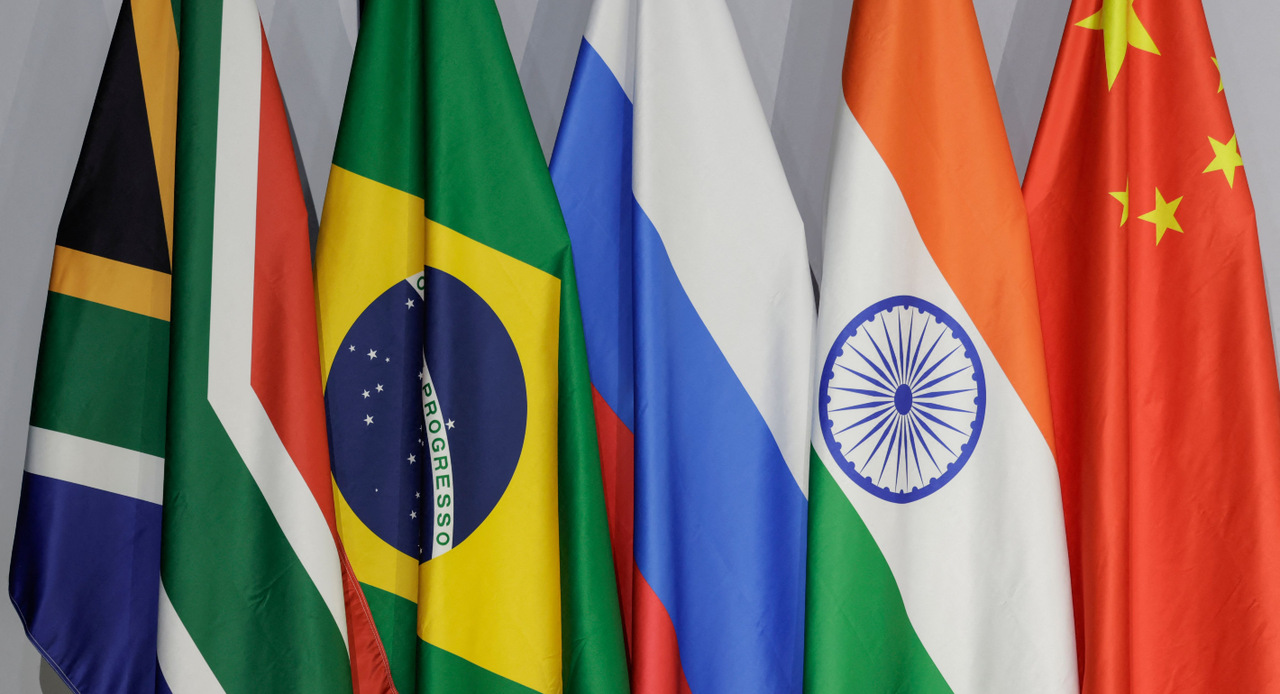

BRICS Expansion: New Members and Future Prospects
Let’s take a moment to imagine a world where economic power isn’t concentrated in a few hands. Instead, picture a global arena where nations—big or small—collaborate as equals. This is the essence of BRICS, a growing alliance originally formed by Brazil, Russia, India, China, and South Africa. Recently, this group has been making waves with its bold expansions and ambitious vision. Let’s dive into this fascinating journey and explore what BRICS is up to, why it matters, and what lies ahead.
Once Upon a Time: The Birth of BRICS
Back in 2006, the seeds of BRICS were planted when Brazil, Russia, India, and China decided to team up. Their goal? To create a platform for emerging economies to discuss their shared interests. By 2010, South Africa joined the gang, and BRICS officially came to life.
At first, it seemed like just another international group. But unlike traditional Western-led alliances, BRICS had a unique focus—empowering the voices of developing nations.
Fast forward to today, and BRICS isn’t just surviving; it’s thriving. This alliance is shaking up the status quo, especially after Russia’s invasion of Ukraine triggered global geopolitical shifts. It’s no longer just about conversations; it’s about action.
The Big News: New Members Join the Party
BRICS recently sent out invitations, and six nations were quick to RSVP: Argentina, Egypt, Ethiopia, Iran, Saudi Arabia, and the United Arab Emirates (UAE). But not everyone stuck around.
In December 2023, Argentina’s newly elected president, Javier Milei, decided not to join, citing his preference for closer ties with Western nations. Meanwhile, Saudi Arabia’s membership is pending official approval. Regardless, the new additions signal BRICS’ ambition to broaden its influence.
This expansion isn’t just about adding names to a list. It’s about creating a coalition that reflects the diversity of the Global South—nations often sidelined in global decision-making.
The Kazan Summit: A Glimpse into the Future
In October 2024, BRICS held a pivotal summit in Kazan, Russia. The event was buzzing with activity as 34 countries expressed interest in joining the alliance or cooperating with it.
Countries like Türkiye, Malaysia, Azerbaijan, and Pakistan are already lining up for membership. This growing interest shows a global hunger for alternatives to Western-led institutions like the International Monetary Fund (IMF) and World Bank.
The message is clear: emerging economies are ready for a seat at the table.
Russia’s Presidency: A Year of Big Goals
For 2024, Russia holds the BRICS presidency, and it’s not wasting any time. Let’s break down its key priorities:
1. Economic Cooperation and De-dollarization
What if trade wasn’t tied to the US dollar? That’s the question BRICS is tackling with its de-dollarization agenda.
Russian President Vladimir Putin has championed this effort, pushing for the use of national currencies in cross-border trade. By reducing reliance on the dollar, BRICS hopes to gain financial independence and shield itself from Western sanctions.
2. Building New Financial Systems
Have you ever heard of SWIFT? It’s a global banking network that dominates international payments. BRICS wants to create its own version—a system that bypasses Western control.
This new platform could make trade easier and more secure among member nations. It’s a bold move aimed at reducing barriers and boosting economic ties.
3. Political and Security Collaboration
Beyond money, BRICS is also focusing on politics and security. By strengthening partnerships on issues like counter-terrorism, the alliance hopes to present a united front on the global stage.
What’s BRICS’ Endgame?
BRICS isn’t just an alliance; it’s a vision for a multipolar world. Here’s what it’s striving for:
Countering Western Dominance
Western nations have long dominated international institutions. BRICS is challenging this by advocating for fair representation for emerging economies.
The alliance wants to reshape organizations like the IMF and World Bank to better reflect today’s global realities.
Strengthening the Global South
The term “Global South” refers to developing countries, many of which feel sidelined by traditional power structures. BRICS aims to give them a voice, fostering economic and political partnerships that promote equality.
Promoting Regional Stability
BRICS also wants to address regional conflicts and promote peace. Whether it’s mediating disputes or offering solutions, the alliance is positioning itself as a force for stability.
The Roadblocks Ahead
No journey is without its challenges, and BRICS is no exception.
1. Internal Disagreements
Ever tried planning a group trip with friends? Multiply that complexity by five nations, and you get BRICS.
Take India and China, for example. These two have a history of border disputes, making consensus tricky. On top of that, member nations have varying levels of economic stability, which can lead to conflicting priorities.
2. External Pressures
The world is watching BRICS closely, especially Western nations. With Russia in the spotlight due to its actions in Ukraine, other BRICS members face scrutiny for their ties with Moscow. Balancing these relationships isn’t easy.
Why It Matters to You
You might wonder, “What does BRICS have to do with me?” Here’s why it’s worth paying attention to:
- Global Economy: Decisions made by BRICS could influence international trade, currencies, and markets.
- Geopolitical Balance: A stronger BRICS could mean a shift in global power dynamics, affecting everything from energy prices to international policies.
- Diverse Voices: BRICS’ mission to empower the Global South could lead to fairer global governance, benefiting developing nations worldwide.
What’s Next for BRICS?
The future of BRICS depends on its ability to navigate challenges and maintain unity. With more countries eager to join, the alliance has the potential to reshape global governance.
But will it succeed? That’s a question only time can answer.
For now, BRICS stands as a symbol of possibility—a reminder that the world is evolving, and with it, the balance of power.






